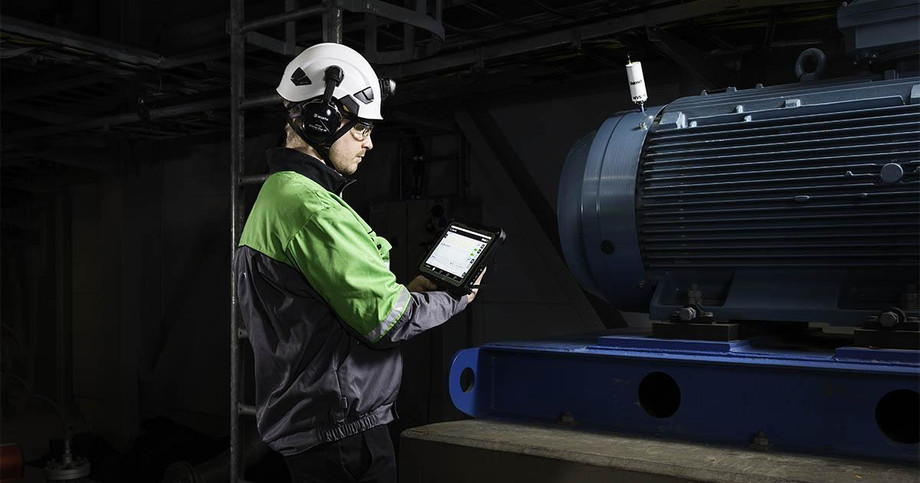Route-based condition monitoring is the approach where technicians record data intermittently using a handheld device like an infrared imaging camera. Often, this method is used to create a trend pattern analysis for particular industrial asset and to determine if more advanced analysis is needed for checking the industrial assets performance.
The main disadvantage of route-based condition monitoring is that it requires highly skilled personnel to collect & analyze data, which consumes more than 66% of the time, moreover Scheduling the monitoring activities in a route-based system is even more troubling for the industries as it requires a special planned maintenance window, with reduced or halted production affecting the entire production process.
Advantages of using Wireless Monitoring than route-based monitoring
Wireless Condition Monitoring sensors from Nanoprecise mitigates this problem with the help of MachineDoctorTM sensors, that can capture machine health data in near real-time, with an increased focus on anomaly detection, using edge processing. With easy, wireless deployment the industrial IoT solution can be installed in a matter of minutes. Constant monitoring with the help of MachineDoctorTM sensors also allows for preventive action to be taken when it is needed.
Nanoprecise solutions strive to create a 360-degree integrated system that can predict the useful life of any asset. It empowers users with the right data at the right time. The Nanoprecise team implements cutting-edge technology to bring to clients an accurate prognostic and diagnostic solution that can predict the remaining useful life of any asset with up to 99% accuracy.
Advantages of Wireless monitoring Services:
- Increased lifespan of equipment
- Optimized maintenance cost
- Lifetime monitoring of the assets’ working conditions
- Prioritizing maintenance tasks
- Edge & Cloud computing
- Anomaly detection
- Less need for human activity
- Secure data transmission

